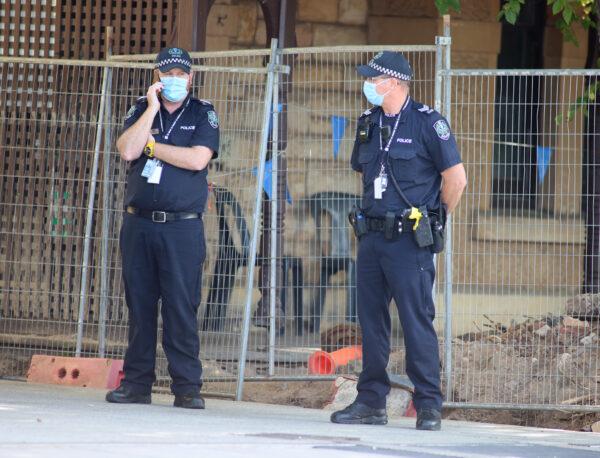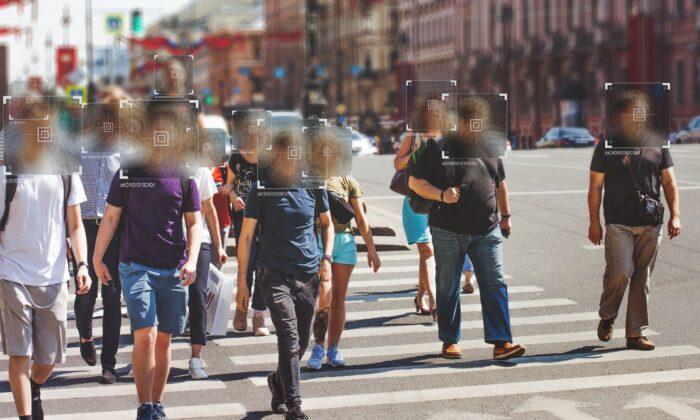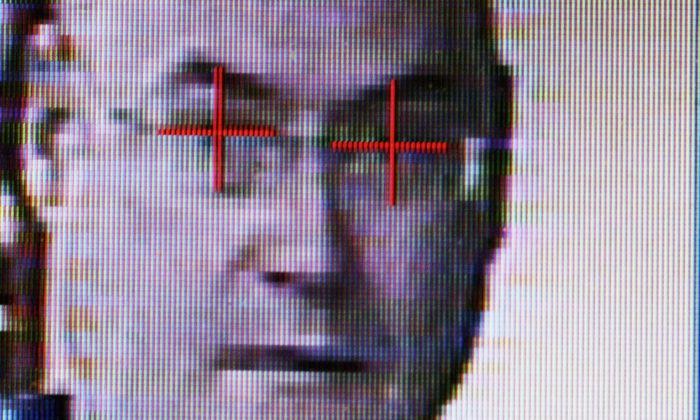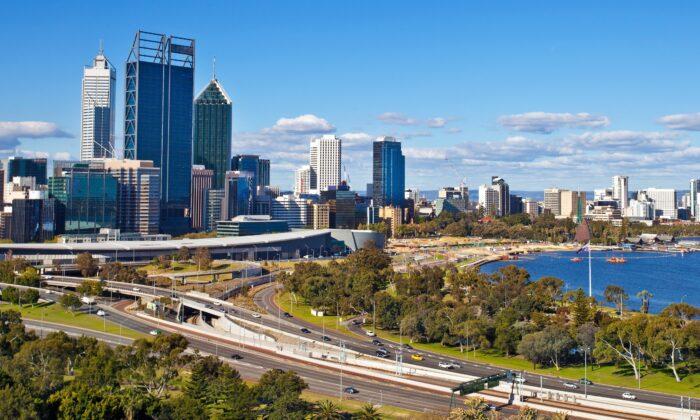South Australia (SA) police will not be granted access to facial recognition services embedded in a new $3 million surveillance system due to concerns about indiscriminate use and lack of regulation.
The federally-funded system—which also features object and license plate recognition—will cover the City of Adelaide following the retirement of existing ageing infrastructure. The rollout is expected to conclude within the next 18 months.
Council members passed the motion to block access on Nov. 9 for SA Police (SAPOL) to only be given access to the face recognition component of the surveillance network once state and federal legislation had addressed key ethical and privacy concerns.

Councillor Alexander Hyde outlined that the rollout of facial recognition surveillance in Australia was still in its early stages and required careful consideration.
“We are at a critical point in human history,” Hyde said. “And we need to be very careful to ensure that our minds—and the technology that our minds come up with—does not race too far ahead of our hearts, ethics and morals.”
The motion allowed the use of the technology in the jurisdiction once the state government adopted recommendations set forth by the Australian Human Rights Commission (AHRC).
The report highlighted privacy threats, along with the possibility of racial biases that could further increase injustice and human rights infringements.
“Australian law should provide stronger, clearer and more targeted human rights protections regarding the development and use of biometric technologies, including facial recognition,” the report stated. “Until these protections are in place, the Commission recommends a moratorium on the use of biometric technologies, including facial recognition, in high-risk areas.”
However, Martin also raised the concern of the degree to which facial recognition surveillance could, and should, be applied to monitor the activities of its citizens.
“I have no objection to the use of such technology, particularly in circumstances where it’s been shown in other countries,” Martin said. “It’s highly effective to prevent major crimes, including acts of terrorism.”
But Martin pointed to recommendations outlined by the Law Council of Australia (LCA) in 2018, which suggested that a line should be drawn between what could be deemed as appropriate and inappropriate use.
States have lauded these applications as streamlining the quarantine process, with typical police visits replaced by a mobile app that sends users a request for a picture, potentially multiple times a day, to verify the user has remained at home.






Friends Read Free